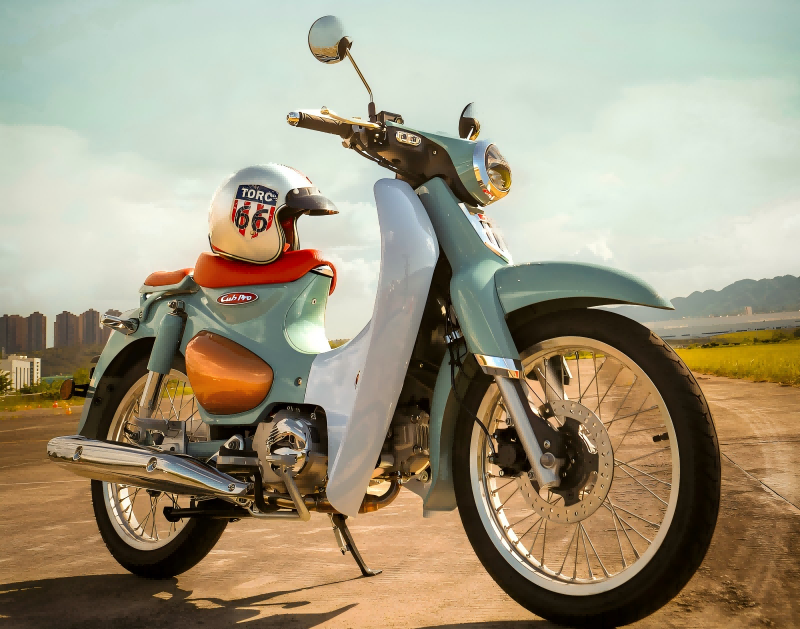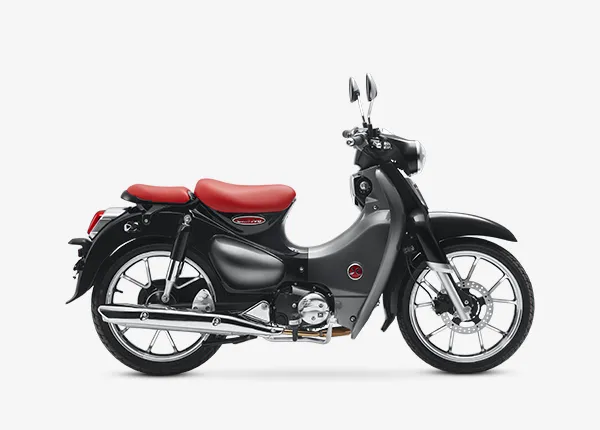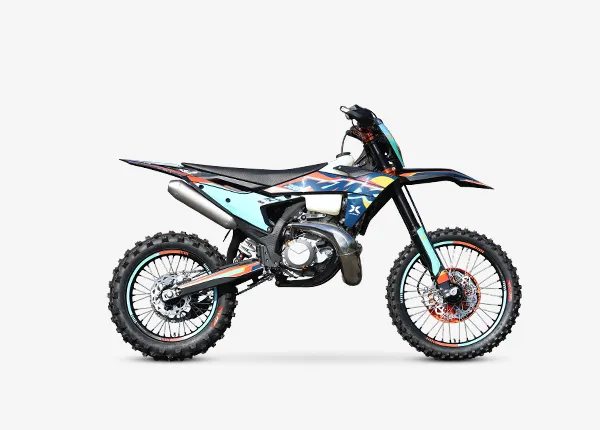Riding a motorcycle offers an exhilarating sense of freedom and adventure. But for new riders, it can also come with unique challenges and risks. To help you stay safe and keep your bike in top shape, here are 18 essential motorcycle riding tips that go beyond the basics, offering practical advice for both riding techniques and bike maintenance. Let’s dive in.
1. Fuel Up Before You Get Home
One of the most practical habits you can adopt as a rider is to fuel up before parking your bike at home. It’s inconvenient to start a ride only to realize you need gas. Fill up at the end of your ride so that you’re ready to go next time without the extra stop.
2. Preload Your Brake Levers, Don’t Just Cover Them
While many riders are taught to cover their brake levers in traffic for faster reaction times, there’s a better method: preloading. Instead of just hovering your fingers over the brake, take up the slack until the brake pads almost touch the rotors. This allows for smoother, more progressive braking when needed, reducing the chances of a panic brake-induced crash.
3. Understanding Tire Grip and Adhesion
Your tires are your lifeline, and their ability to grip the road depends on factors like adhesion, weight transfer, and suspension. When you brake hard, your suspension needs time to compress, increasing the grip on your front tire. So, ease into your brakes instead of slamming them to give your tires the time they need to achieve maximum grip.
4. Cold Weather Riding: Stay Loose, Not Tense
In cold, windy weather, it’s natural to hunch your shoulders and tighten up. But on a motorcycle, this can transfer unwanted inputs to the handlebars, making it harder to control your bike. Instead, stay loose and relaxed, letting your bike handle the wind. And yes, in wet or snowy conditions, your tires likely have more grip than you think—as long as you avoid sudden, jerky movements.
5. Stop with Your Left Foot Down
When coming to a stop, plant your left foot on the ground while keeping your right foot on the rear brake. This technique keeps your brake light on, making you more visible to traffic behind you and giving you better stability if you’re rear-ended.
6. Avoid the “Accordion Effect” in Group Rides
Group riding can be risky due to the accordion effect, where following riders have to accelerate and brake harder to keep up. To minimize this risk, place slower or less experienced riders at the front, allowing everyone to ride at their own pace without pressure to catch up.
7. Clean and Lube Your Chain After Every Ride
After a ride, your chain is still warm, making it the perfect time to clean and lubricate it. This helps prevent wear and prolongs the life of your chain and sprockets. If you have time, throw your bike on a stand, grab a rag, and wipe down the chain before applying lube.
8. Buy Oil Filters and Crush Washers in Bulk
Changing your oil regularly is key to maintaining your bike’s engine. To save time and money, buy oil filters and crush washers in bulk. This way, you won’t need to run to the dealership every time you perform an oil change.
9. Clean Your Brake Caliper Pistons
Over time, dirt and grime can build up on your calliper pistons, leading to reduced braking efficiency or even seized brakes. Regularly clean your pistons to avoid these problems. It’s a small task that can prevent major issues.
10. Share Your Ride Plan with Someone
Before going on a long solo ride, make sure someone knows your route and expected stop times. In case something goes wrong and you don’t have cell service, this wellness check can help ensure you get assistance if needed.
11. Carry a Spare Visor or Use a Makeshift Poncho
If you’re riding with a tinted visor and expect to ride into the night, carry a clear visor with you. You can slide it into your jacket to keep it scratch-free. For cold weather, keep a large trash bag on hand—it can act as an emergency poncho or insulation under your jacket.
12. Don’t Start Your Bike in Winter Storage
It’s tempting to start your bike during winter storage, but resist the urge. Starting it briefly can cause condensation buildup inside the engine and fuel tank, which may lead to rough running when you finally take it out for a ride in the spring.
13. Proper Battery Storage
If you’re storing your bike for the winter, remove the battery and bring it indoors. Acid batteries don’t fare well in cold conditions, and keeping them inside will prolong their life. Alternatively, use a battery tender to keep it charged during the off-season.
14. Keep Your Mirrors On
While removing mirrors might make your bike look cooler, it’s dangerous. At the very least, keep a bar-end mirror on the left side to maintain visibility of traffic behind you, especially when stopped at a red light. Flicking your brake light when a car approaches can help ensure they see you.
15. Stop at the Sides in Traffic
When stopping at a light, position yourself on either side of the lane, not in the center, where oil drips can accumulate. Keeping your bike in gear with your hand on the clutch also gives you an escape option if you need to avoid an oncoming vehicle.
16. Carry a Tire Repair Kit
Flat tires can happen anytime, and carrying a tire repair kit could save you from being stranded. Consider adding CO2 cartridges or a small pump to re-inflate your tire after patching it up.
17. Don’t Over-Torque Your Axle Nuts
Over-torquing axle nuts can lead to unnecessary pressure on your wheel bearings, causing them to wear out prematurely. Use the proper torque settings to avoid this issue.
18. Ride at Your Own Pace
Finally, always ride within your limits, especially in group rides. Pushing yourself to keep up with faster riders can lead to mistakes, especially in cornering. It’s better to let them go ahead and meet them at the next stop than to risk your safety.
Conclusion
By adopting these practical tips, new motorcycle riders can significantly enhance both their riding safety and their bike’s longevity. Remember, the road is unpredictable, and the best way to stay safe is to be prepared, stay calm, and always ride at your own pace. Safe riding!




